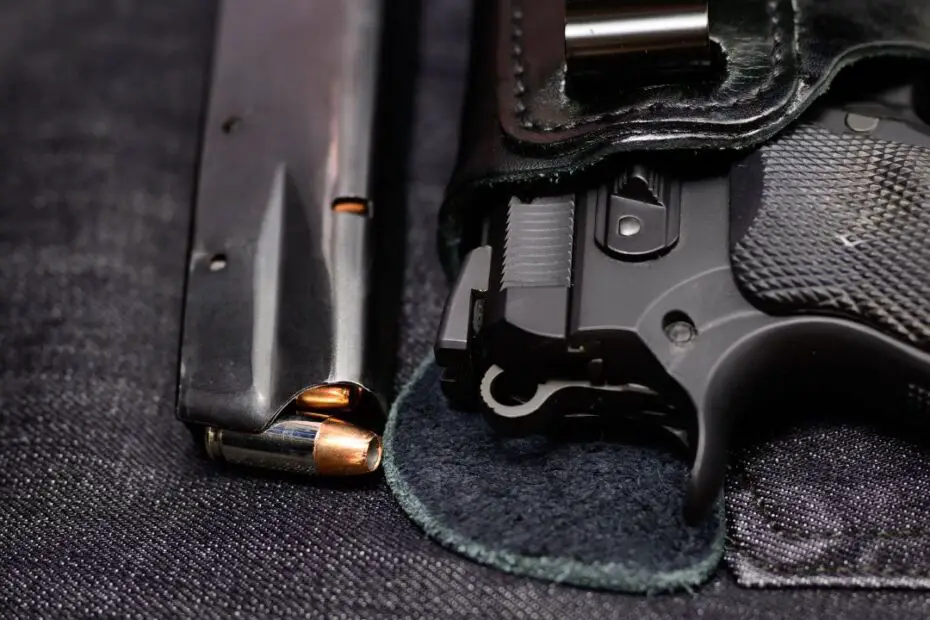When you start carrying a concealed weapon, you can get overwhelmed by the mountain of information regarding best practices and how to stay on top of your game. Many new owners spend countless hours studying calibers, holster types, how to dress and avoid printing, and similar considerations.
But the most important thing to learn is to handle a concealed firearm with skill and accuracy. Whatever your reasons for keeping a firearm on your person, these are the necessary skills to learn for concealed carry.
1. Drawing Your Weapon
Going to the gun range and firing rounds at targets is fun and sharpens your shooting skills. But you also need to practice drawing your concealed weapon efficiently. A gun you can’t safely and reliably draw and have at the ready is worthless. Not practicing your skills is one of the most common concealed carry mistakes you should avoid.
First, remove all rounds from the clip and chamber. Then practice reaching, drawing, and aiming your firearm. Practice it so often that, in the event of danger, your muscle memory kicks in, and you can defend yourself and others.
2. One-Handed Shooting
Another necessary skill people who carry concealed should learn is one-handed shooting. On the shooting range and in perfect conditions, it can be easy to get caught up in the quest for accuracy and firing that shot right into the center of the target. Most of the time, however, life-threatening situations will be much more complicated. Many new CPC holders fail to practice handling, aiming, and firing a weapon at a fast-moving, close-quarters attacker.
Learn how to aim and fire at targets less than 10 feet away without needing to put both hands on the weapon. You might not be able to use both hands to fire in the case of an emergency. And you won’t always be able to line up the sights and take a perfect shot, so master shooting in these more challenging conditions.
3. Reloading
Finally, in real-life situations in which you will be firing a concealed firearm, the ability to quickly reload your weapon can save your life. It’s easy to forget that, unlike range sessions or backyard practicing, you can miss the target a lot in life-or-death situations due to adrenaline and suboptimal conditions.
Practice reloading your weapon in a crisis by releasing the clip, popping in a new one, and drawing a round into the chamber – all while keeping your eyes on the target. In real life, the target won’t stop coming for you unless you do what is necessary to ensure your gun has enough bullets and those bullets reach the right place.
